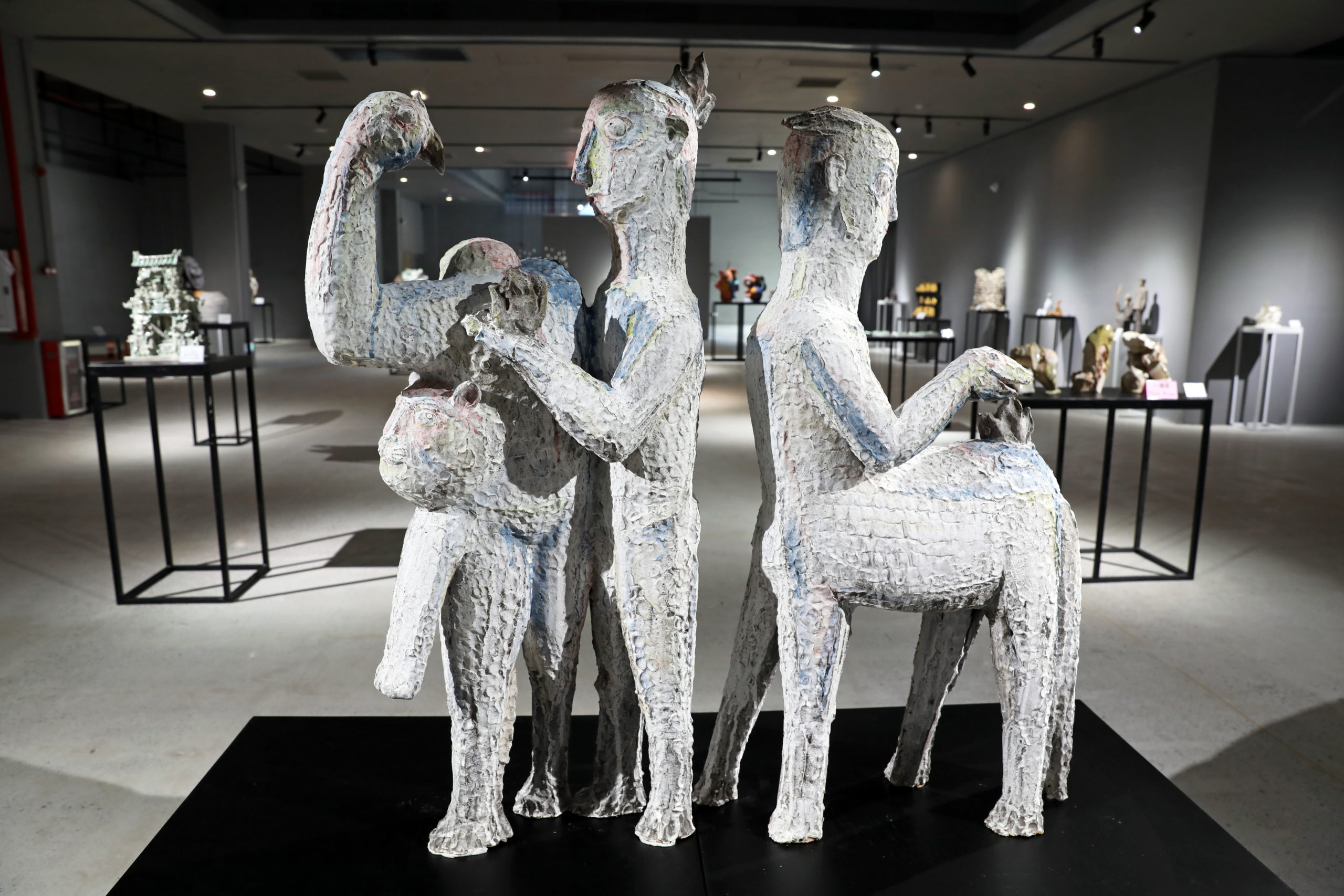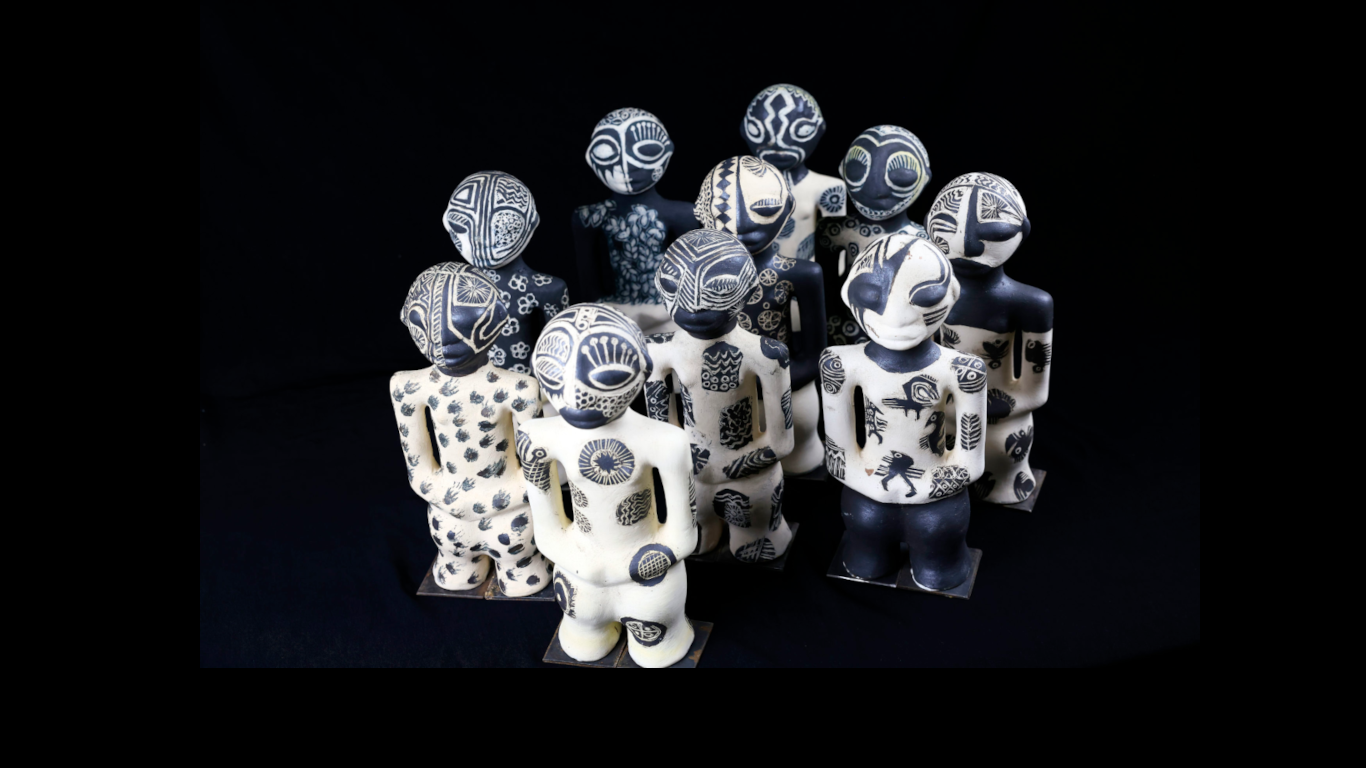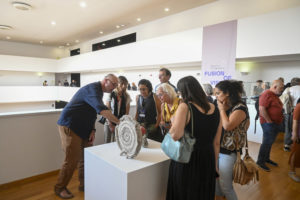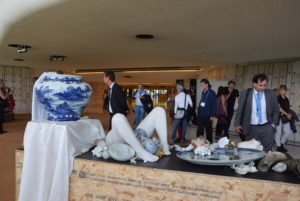IAC Mission
The International Academy of Ceramics is the principal organisation representing the interests of ceramists worldwide.
(read more...)UNESCO Partner
The IAC has been affiliated to UNESCO since 1958.
(read more...)Members
Find a complete list of current members of the Academy here.
(read more...)Contact
Contact the IAC Office for any questions.
(read more...)






